
![]()
![]()
![]()
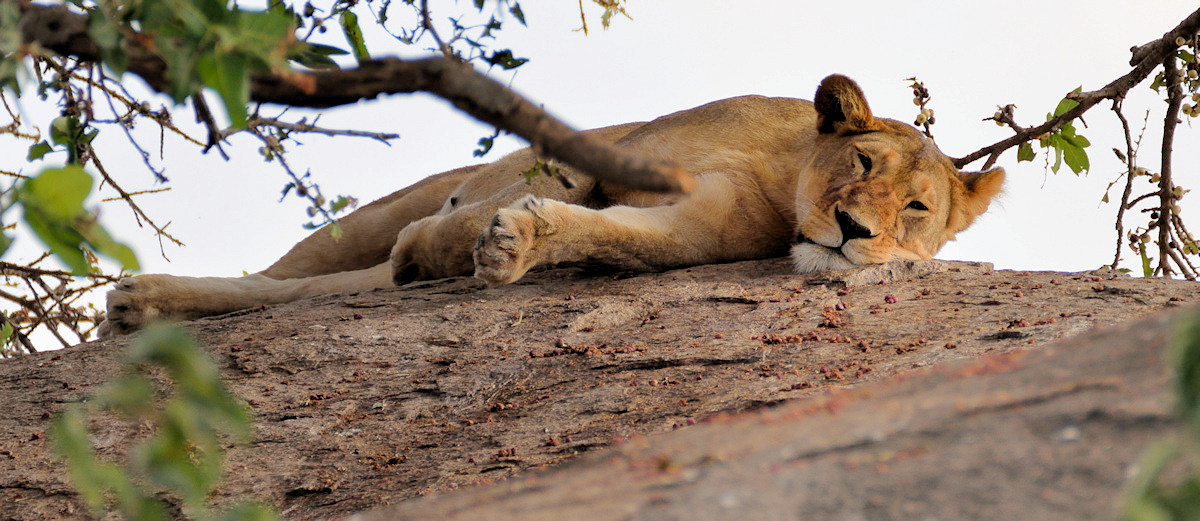 |
|
|
Safari in Tanzania: Going on a safari is relatively cheap because you only need a car, a driver and a cook. A significant part of the price you will pay, is used to pay admission to the various national parks. As an example, it costs 60US $ / person / day to stay in the Serengeti and similar amount to use camping spots and so on. It is fairly expensive, but I think that's OK because it's one of the ways in which Tanzania ensures the existence of the parks. Which parks you want to visit is entirely up to you and it depends of course on what animals you want to see and what time of year you travel. The large wildebeest- and antelope migration takes place in a fixed pattern, so you will need to familiarize yourself with where they are and when. The different national parks have websites where you can read a lot about the different hikes. |
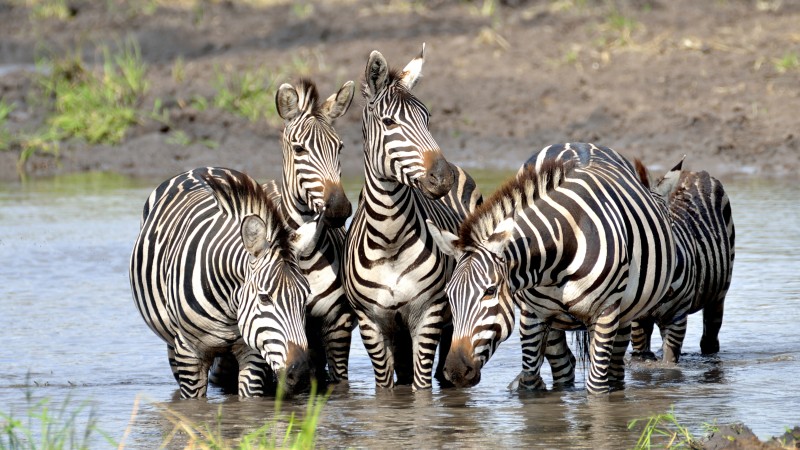 |
|
If you are not afraid of animals (it's good to have respect) then I would definitely recommend to sleep in a tent out in the national parks. It's a bit more primitive, perhaps also a little cheaper, but you get very close to nature and it is a great pleasure. The pictures are all taken in Tanzania in a couple of different parks, most pictures contain GPS position. The images of the lions are typically taken at a close distance, down to less than 5 meters. The female lion who has killed a wildebeest, is an exception, she is photographed on a few hundred meters with a 600mm. tele. Most lions lie and soak and socializes with the herd most of the day, and are only active hunting towards evening. We saw a single lioness who made an unsuccessful hunt for a flock of gazelles, the entire hunt took a few minutes.
|
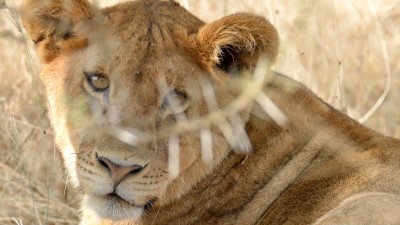 . .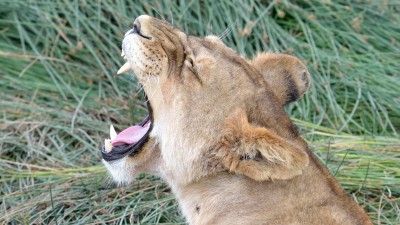 |
|
Photo equiptment: For the animals I used either 70-200mm or 150-600mm and a good monopod. If the animals are so far away that it is necessary to use 600mm, you can not expect a super quality because heat waves interfere, causing it to shimmer in the same way as you can see in the summer over a hot asphalt . For night photos, it is important to bring a stable tripod.Light conditions are fine in Tanzania during the summer months, although it is a bit cloudy, you can easily shoot at f / 8 ISO 100 to 400, at 1/125 to 1/750 s.
|
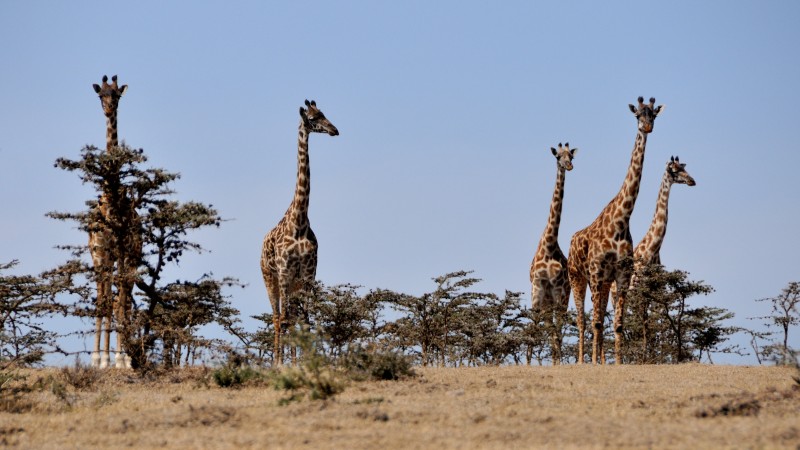 |
| The hippo should just have a few extra words, they are in large groups (hippo pools) on top of each other and deliver large amounts of feces in the water. The water is completely green and the tail running around to spread it as much as possible. The Hippos are inactive most of the day, and when it starts to get dark the hippos leave the pool for feeding. |
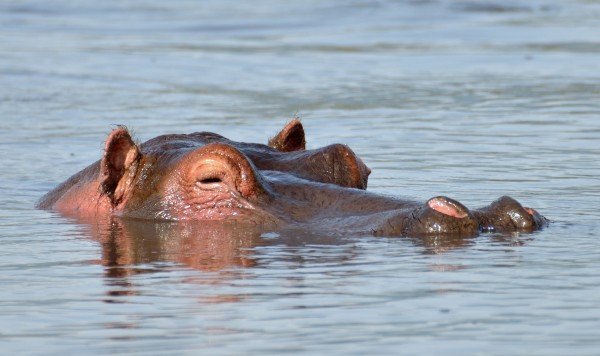 |
.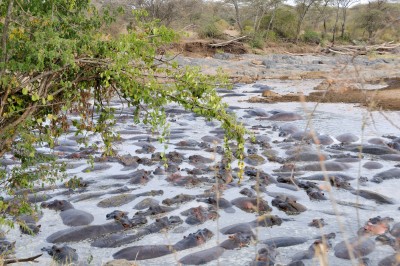 . .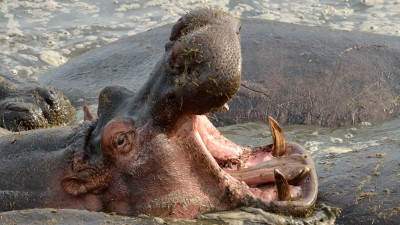
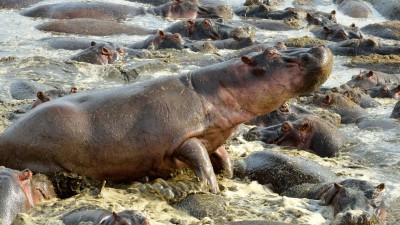 |
|
|
If you
like to make night photos, then you have a unique opportunity in
Tanzania, both on the mountain but also on safari. Serengeti Plain is
one of the darkest places on earth and when the moon is down, it is a
unique view of the Milky Way. Tanzania is located close to the equator
and because of that, the sun goes down around 6:30 PM and rises again
around 06:30 AM, therefore, you have really good time to see, enjoy and
make night shots. This picture was taken in the middle of the Serengeti Plain after the moon had set. It was a wonderful view to fall asleep in a tent where we could look up at the Milky Way. (Nikon D800 14mm, f1/2.8, 20s.) |
 |
|
Hyenas came to visit
at night to see if
we had forgotten leftovers.
All the food was of course
stored inside the car. Their distinctive laugh whistling could be heard from afar, and was very present when they came close to the tents. |
 . .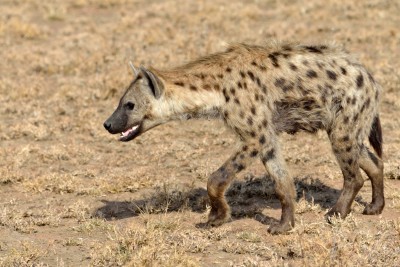 |
|
The elephants are like all the other animals fascinating. The large animals walk quietly and eat shrubs, branches and leaves. The young ones exert themselves to get a grip on the trunk. |
|
|
Elephant Mother and a young one went close (very close) past the car where we could easily have stretched the arm out and have touched them. (we did of course not) The biggest problem was sometimes that they were so close that you have to change the lens to get the whole elephant in the picture. |
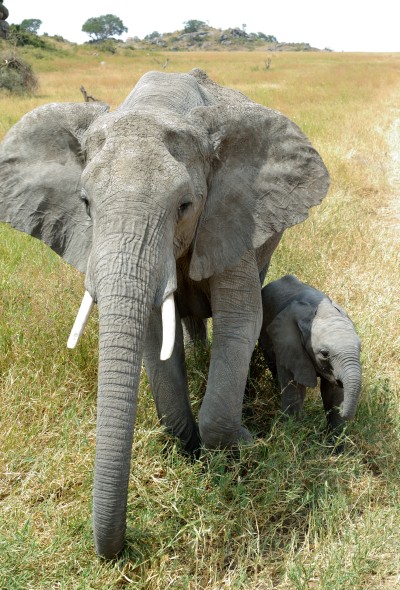 . .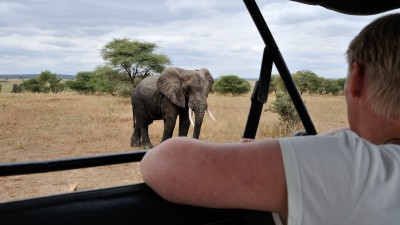 |
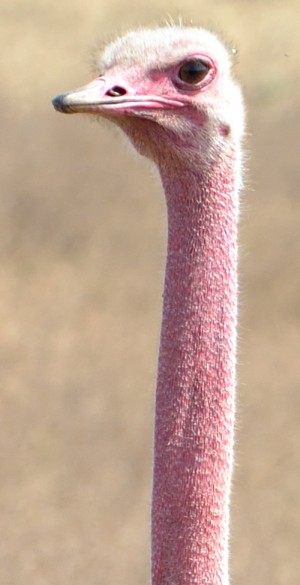 |
A few pictures
of some of the
many birds, the orange and
blue bird often sat
and waited,
when we ate lunch.
|
|
All plants try to defend themselves, these trees are filled with 5 to 10 cm long and sharp thorns, the only two animals that eat them are elephants and giraffes, but if they can find other kinds of food around, they prefer of cause the other trees without thorns. |
 |
|
Kilimanjaro:
All who want to try
the challenge -
do
it, it is a
great experience.
The trip is definitely
not just for the elite,
if you are just in
a
OK
shape, you can easily
try. Here
is some
practical information that I
was looking for before
I left: Clothing: Vandrestøvler og strømper, brug altid to par strømper, et par tynde mod foden og et par vandre sokker ud mod støvlerne. Det er meget vigtigt at du har gået nogle lange ture, gerne over 20km med de strømper og støvler som du ønsker at bruge på turen. Medbring minimim to sæt strømper og gerne tre hvoraf det ene sæt skal være tykke arktiske strømper til den sidste nat mod toppen. Når du vælger dit tøj, så skal det være let at ændre isoleringen så tøjet passer til både solskin og 20 grader, og lidt senere til hagl og sne. Ændringer i vejret kommer nogle gange på få minutter. I stedet for at bruge en tyk vinterjakke, så brug lag på lag, så skal du bære på mindre og det er lettere at tilpasse sig vejret. Rygsækken skal side godt på kroppen, 25 til 40l, og hvis det er muligt at den kan indeholde en camel-bag, er det en fordel fordi vand som bare bæres i sidelommer fryser til is på vej til toppen.
|

The upper photo was taken at
the summit of Kilimanjaro,
just before sunrise
on August 1 - 2015.
The small bright dots
under the clouds are
headlamps of
climbers
on their way up.
Although it is bitterly cold,
it is a wonderful sight.
|
|
Food: Your team provides all main meals, but you have to bring some energy bars, to eat during the day. It is impressive how much energy you can consume per day. Until you reach 4000 - 4500m, you can easily eat ordinary snacks à la Mars bar, Snickers or the like. Above 4500m they begin to freeze and become rock solid. For the last few days towards the summit, you must bring energy gels which most often is a mixture of various sugars and are digested very quickly. Find a flavor that you think you can eat even when your body tells you that you are not hungry. Water purification tablets, bring your own. Your team collects water for you, but the locals drink the water directly from the streams, but it is not certain that your stomach can tolerate the contents, and it would be a disaster if bad water was the cause of stomach problems. It causes dehydration and a significantly less chance to reach the summit, and enjoy the trip. All the food have to get out again, so bring a roll of toilet paper in a plastic bag.
(The photo shows a team from California, we saw them several times the first days. The next image is from Barranco Camp, just before "the wall" the colors above that height are very clear and the morning and evening light is amazing.) |
The picture shows Freja and Carl at 4200m on the way to the base camp, the day before the final climb towards Uhuru Peak |
|
What are the chances of reaching the summit? If you read on different sites, then there is made some statistics, and roughly, about 50% reaches the top if they spend five days, 60% if you spend 6 days and 70% if you spend 7 days on the trip. Statistics are just numbers, and we are human, so look at yourself, are you normal / overweight, do you exercise and so on. Then you have probably a good idea on your chances of getting a good trip. If you want to combine the trip with a safari, start with the safari and then Kilimanjaro, because on the safari you are at an altitude of between 3000 feet to 6000 feet, and it will give the body a little advantage . Billedet er fra Barranco camp om natten. De lyse striber mellem teltene er folk med pandelamper som går rundt, i de 20 sek. som eksponeringen tager. NB: De fleste billeder indeholder GPS koordinater. |
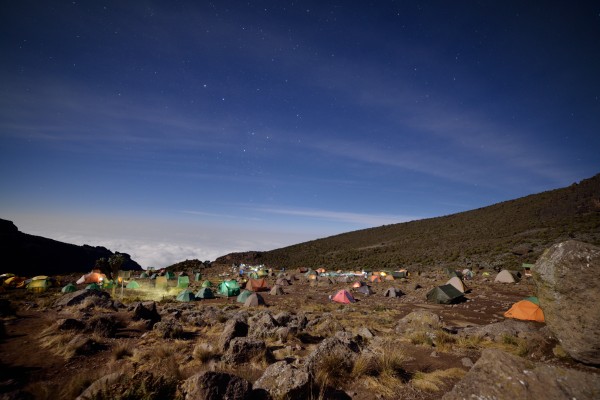
|
|
Finally
we reached the summit and
Uhuru peak, it was
still dark and
some of the coldest
I have ever experienced.
|
 |
|
|
|
|
A
little extra photos:
|
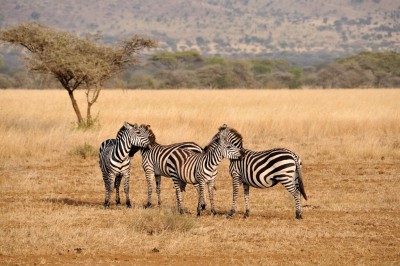 . .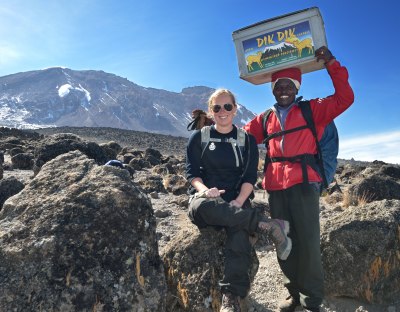 . .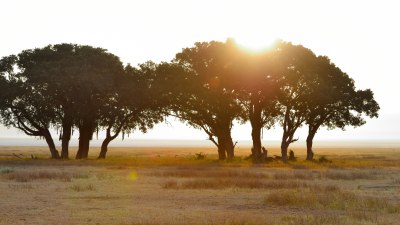 . .
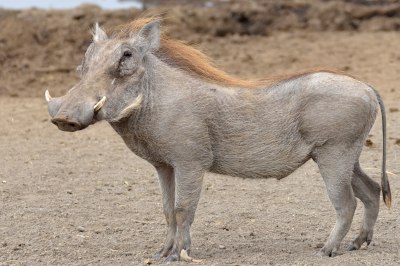 |
|
Travelogues |
Tanzania, Nationalparks and Kilimanjaro - summer 2015 |
|
We
arranged the trip to Tanzania
ourselves, By doing that we
do not need to wait for
anyone, and we can
spend all the time we
feel like, if we find
something exciting.
Have a great trip. More Pictures: http://galleri.gammelmosevej78.dk/#!home Read about Kilimanjaro: https://da.wikipedia.org/wiki/Kilimanjaro
|